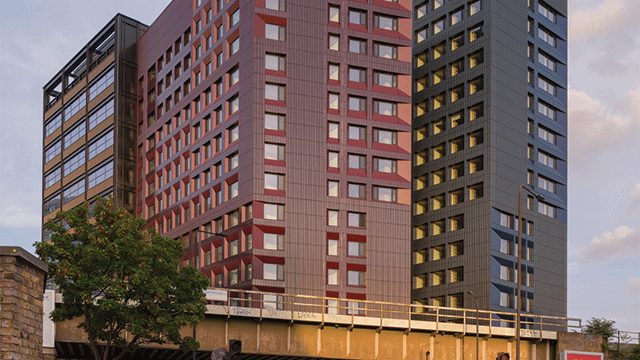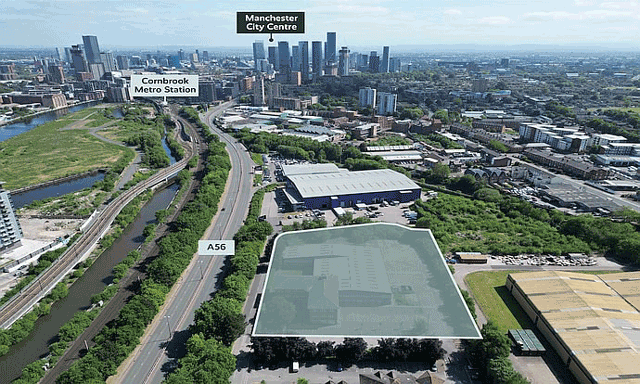COMMENT Purpose-built student accommodation should reflect the values of the students it houses. Today’s students expect more from their cities: cleaner air; smarter infrastructure; and a commitment to tackling climate change. Meeting London’s growing demand for student beds, aligning with government net-zero ambitions, and delivering on student expectations requires a collective commitment to building accommodation that pioneers sustainable living.
As we come into the summer months, our cities are getting hotter and hotter year on year. This year saw the warmest start to May on record, underscoring the urgent need to decarbonise our built environment and look to innovative ways to ensure the comfort of tenants. We spend most of our time indoors, so buildings play a very important part in our health and wellbeing. Nowhere is this more critical than in PBSA, where energy demand is particularly intense and resilience to rising temperatures is increasingly essential.
In hot water
In London, PBSA accounts for a relatively small share of the built environment but decarbonising student accommodation is a challenge we cannot afford to ignore, especially as students become educators of future generations.
As a residential category, no other building type consumes more hot water per capita than PBSA. Massing of people and windows in student accommodation leads to extreme heat gains so developers install cooling systems to ensure comfort. These systems create an additional energy demand that must be managed sustainably, making the drive to cut operational carbon vital to the sector’s contribution to net zero targets.
Central London’s PBSA market remains strong, with more than 470,000 students across the city and universities continuing to sell out beds. To sustain the capital’s global reputation for higher education excellence, the PBSA pipeline must expand, but critically, this growth must be centred on delivering low-carbon, high-quality, comfortable living environments that serve both students and the planet.
To create truly future-proofed PBSA, developers must embrace new technologies and take the utmost care in design and construction, aiming for exemplary sustainability credentials. As central London’s leading student accommodation provider, Urbanest is embracing Passivhaus accreditation, which is a trailblazing standard that offers a proven, internationally recognised pathway for delivering low-energy, high-performance buildings.
Passivhaus design takes a site-specific, integrated approach, with an unparalleled focus on energy efficiency and quality in construction. Buildings certified to Passivhaus standards excel in airtightness, insulation, heat recovery, and the minimisation of thermal losses. The results are significant: heating and cooling energy savings of up to 90% compared to conventional building stock, and over 75% compared to typical PBSA new builds.
A greener future
Passivhaus principles guide our PBSA development pipeline. Our latest scheme at Canary Wharf, which recently topped out, is set to deliver 1,672 student beds and is targeting Passivhaus accreditation, a milestone that would make it the largest Passivhaus development in Europe. It will join Urbanest Battersea, which earlier this year became the UK’s largest Passivhaus-certified building, officially recognised by the Passivhaus Institute.
Comprising three towers of 28, 36 and 46 storeys, Urbanest Canary Wharf will also include 41,000 sq ft of commercial office space and retail units, creating new opportunities for collaboration between academia and business. Most importantly, by building to Passivhaus standards, we are significantly reducing the carbon footprint of student living while delivering energy-efficient, healthy accommodation that supports a sustainable future.
If London’s universities are to continue attracting world-class talent, the city’s PBSA offer must grow, but it must grow responsibly. Students need homes that are not just available, but sustainable. As pressure on the planet intensifies, every new PBSA development must be rooted in low-carbon, energy-efficient and future-ready design principles.
Adopting Passivhaus principles embodies this vision. By taking a detail-oriented approach to heating, cooling and ventilation, PBSA providers can create outstanding student environments, spaces that elevate living standards, support student wellbeing and drive progress toward a greener future.
Angus Kearin is head of development at Urbanest











